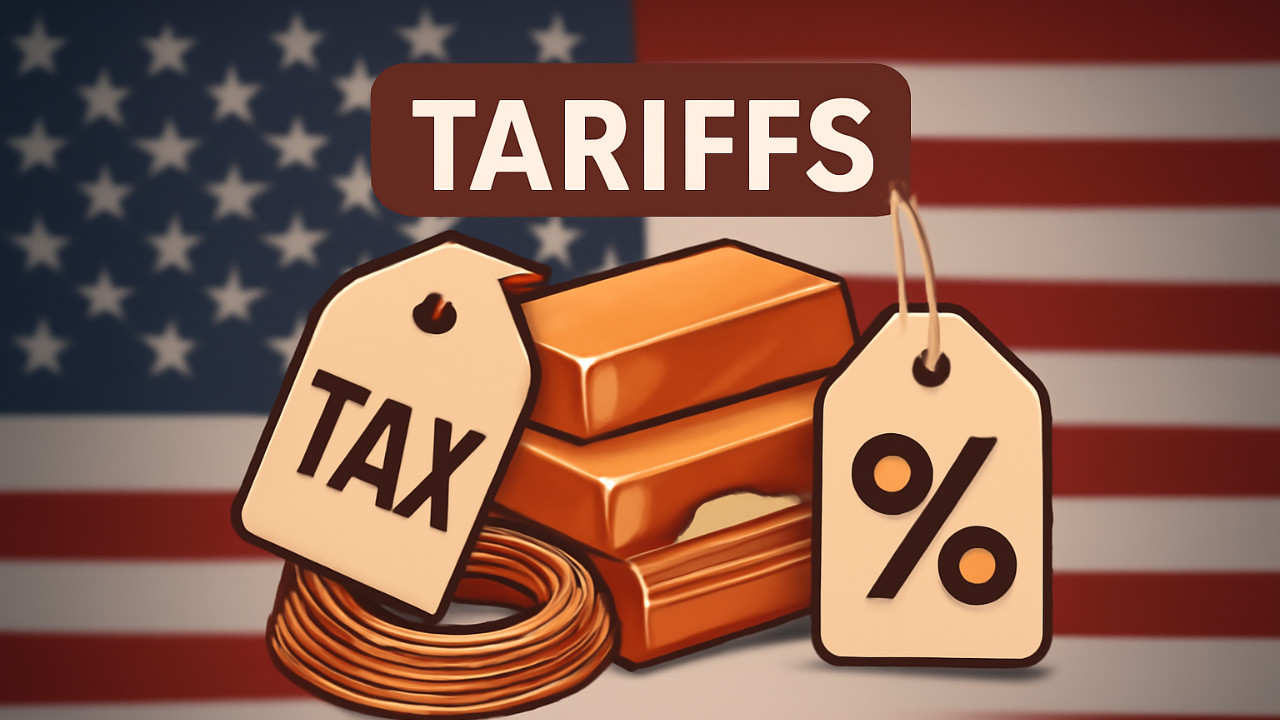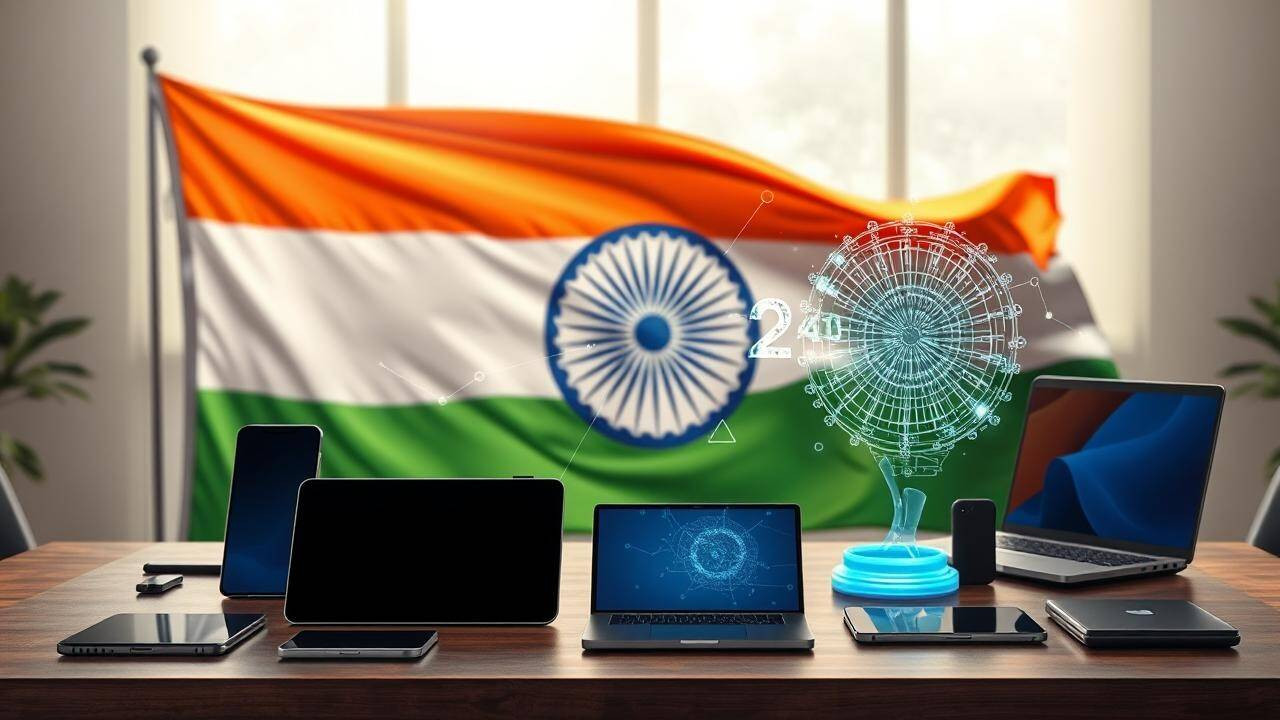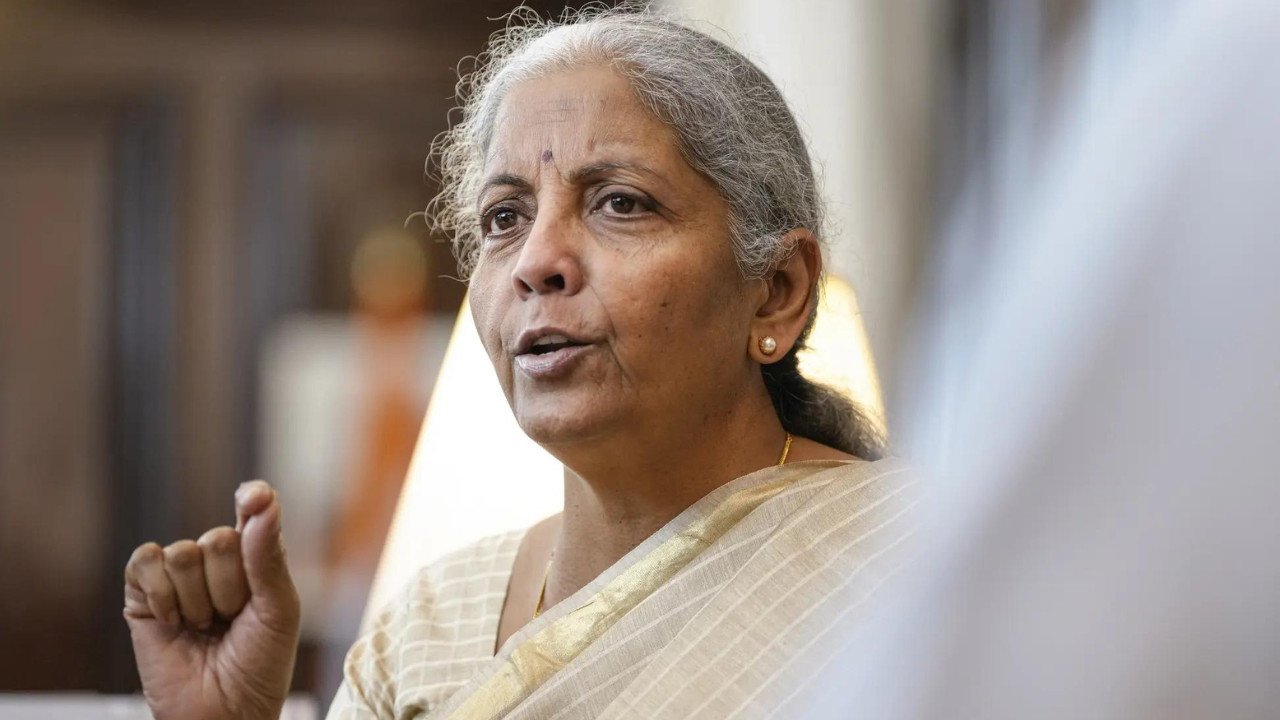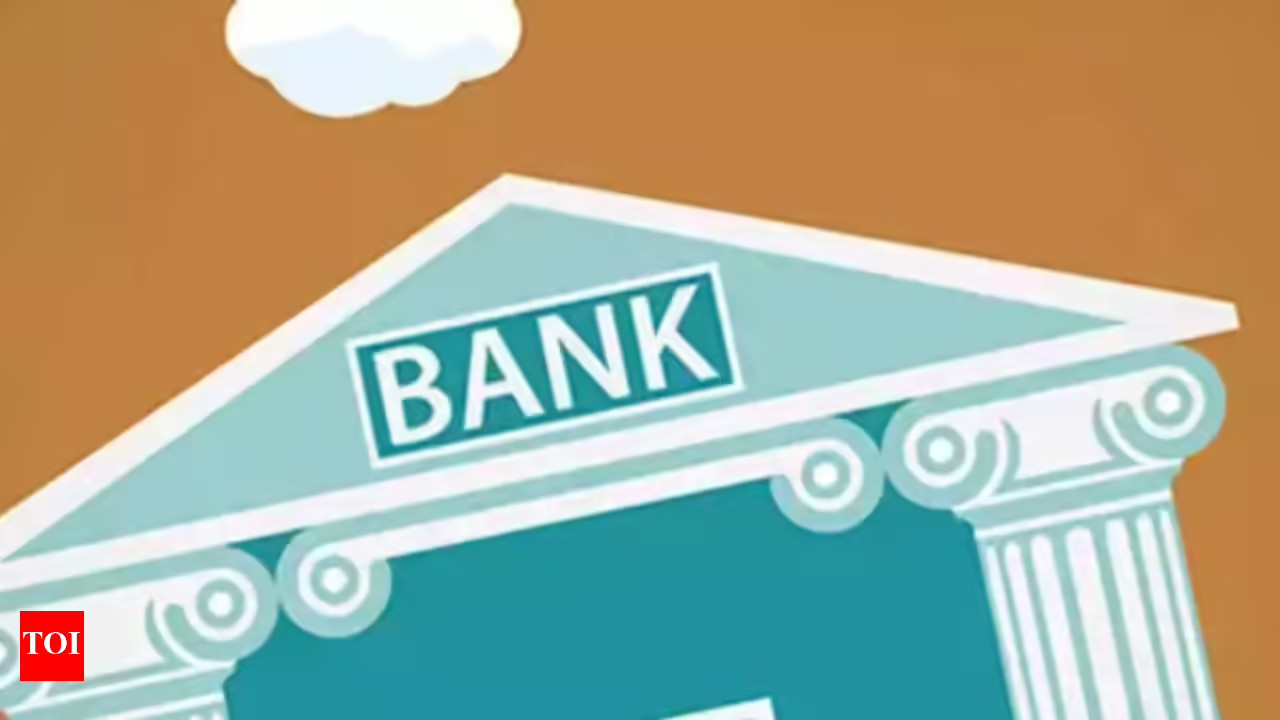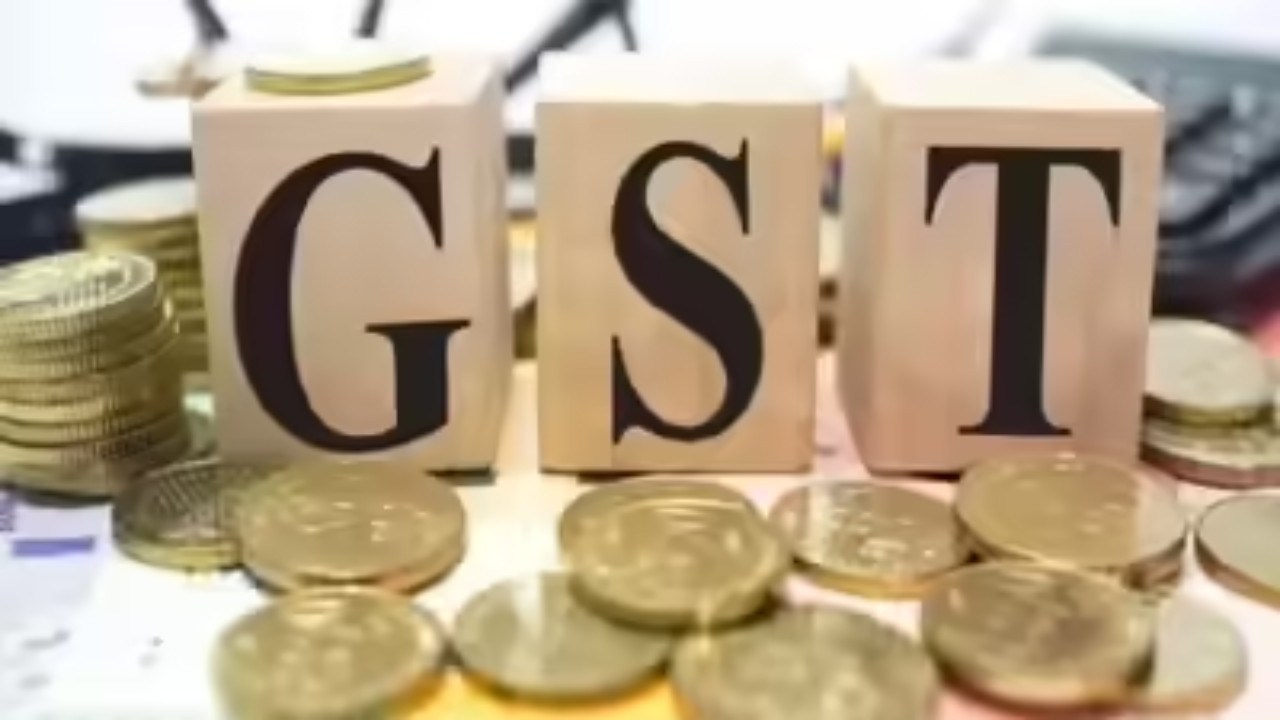India is contemplating WTO consultations with the US over newly imposed copper import tariffs, mirroring previous disputes regarding steel, aluminium, and automotive sectors. The US initiated a 50% tariff on copper imports from August 1, citing national security concerns under Section 232 of the Trade Expansion Act. India’s copper exports to the US reached $360 million in FY25.
Copper Clash: Is a Trade War Brewing Over US Tariffs?
The air is thick with tension in international trade circles. India is considering formally challenging the United States at the World Trade Organization (WTO) over recently imposed tariffs on Indian copper products. But what’s really at stake here, and could this be the start of a bigger trade skirmish?
It all boils down to Washington’s decision to slap duties on specific copper exports from India. The Indian government worries this move could significantly hamper its burgeoning copper industry, impacting not just large corporations, but also small and medium-sized enterprises (SMEs) that rely on exporting copper.
The fear isn’t just about copper. New Delhi worries this could set a worrying precedent. If the US can impose tariffs on copper, what’s to stop them from doing the same on other key export sectors like steel or automobiles? This is a question resonating throughout Indian industries, and it’s driving the potential WTO challenge.
Why the WTO Could Be India’s Next Move
Taking the case to the WTO isn’t a decision India will take lightly. It’s a complex and potentially lengthy process. But if diplomatic channels fail to resolve the issue, the WTO offers a neutral platform to adjudicate trade disputes.
The WTO’s dispute settlement mechanism allows member countries to argue their case based on existing trade agreements. India will likely argue that the US tariffs violate these agreements and unfairly restrict Indian exports. If the WTO rules in India’s favor, it could authorize retaliatory measures against the US if the tariffs aren’t removed.
The Ripple Effect on the Indian Copper Industry

The immediate impact of these tariffs will be felt by Indian copper manufacturers and exporters. With increased costs due to the duties, Indian copper products will become less competitive in the US market. This could lead to reduced export volumes, decreased revenue, and potentially even job losses within the sector.
The downstream effects are equally concerning. The copper industry supports numerous related sectors, from transportation and logistics to manufacturing and construction. A slowdown in copper exports could have a cascading effect on these industries as well, impacting overall economic growth.
Furthermore, the tariffs threaten to disrupt established supply chains. Many US companies rely on Indian copper for their manufacturing processes. These tariffs could force them to seek alternative sources, potentially increasing their costs and disrupting their production schedules.
Echoes of Steel and Auto: A Pattern Emerging?
This isn’t the first time India has faced similar trade challenges with the US. In the past, disputes have arisen over steel and automobile exports, prompting India to consider similar WTO action. These earlier instances highlight a growing concern in New Delhi that the US is increasingly resorting to protectionist measures that unfairly target Indian industries.
The Indian government is keenly aware that resolving this copper dispute is crucial to maintaining stable trade relations with the US. While both nations share strategic interests and cooperate on various fronts, trade tensions can strain the overall relationship. Finding a mutually agreeable solution is therefore in both countries’ best interests.
What’s Next for the Copper Conundrum?
The coming weeks will be crucial. India is likely to engage in further diplomatic efforts with the US to try and resolve the issue amicably. If these efforts fail, expect a formal announcement of a WTO challenge. This would kick off a formal dispute settlement process, potentially involving consultations, panel hearings, and appeals.
The outcome of this dispute could have significant implications for the future of India-US trade relations and the global trading system as a whole. It will be a closely watched case, not just by the copper industry, but by businesses and policymakers around the world. A related question is: Will Indian manufacturers increase exports to other parts of the world?
The situation concerning copper tariffs and the potential WTO challenge underscores the complexities of international trade in the 21st century. It highlights the importance of fair trade practices and the need for countries to adhere to established international trade rules. A protectionist trend could hurt global manufacturing by reducing competition. A resolution that benefits both nations will hopefully come to fruition.
